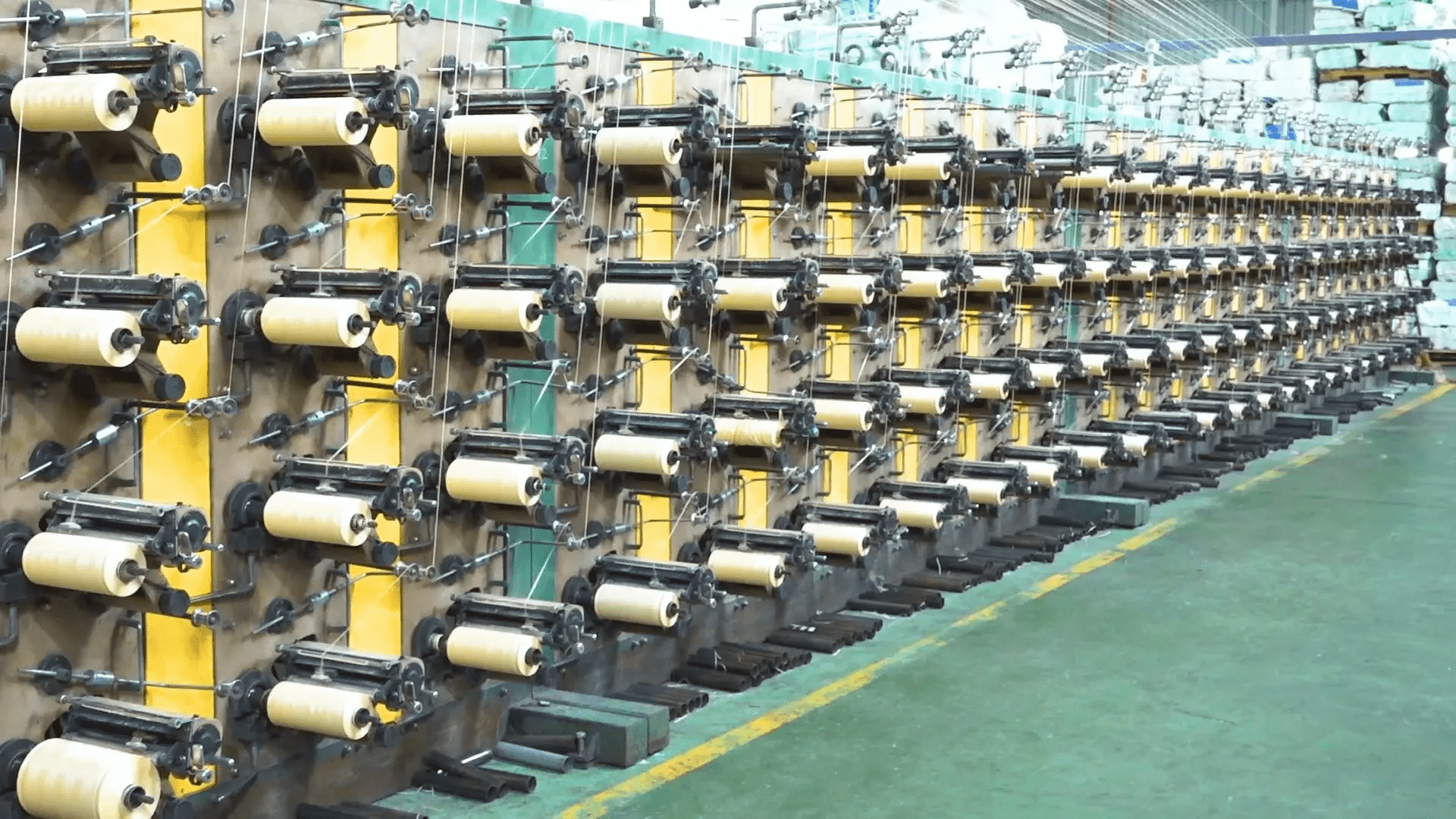
If the rates continue to increase, businesses won’t be able to scale up production.
VPBank on April 15 raised interest rates on a series of deposit terms. A 36-month online deposit interest rate increased by 0.5 percentage point to 6.1 percent per annum, applied to deposits of less than VND300 million. The interest rates are 6.7 percent for deposits from VND10 billion to less than VND50 billion, and 6.9 percent for over 50 billion.
The interest rates of 24-month deposit has also increased by 0.4-0.5 percentage point to 6-6.8 percent per annum has been applied to deposits worth less than VND300 million to over VND50 billion.
Prior to that, Military Bank announced new interest rates for April with the interest rate increase of 0.2 percentage point for 1-3-month and 36-month deposits.
In late March, 10 commercial banks raised their deposit interest rates of up to 0.6 percent per annum. OCB, for example, raised online deposit interest rates by 0.6 percentage point for six-month deposits, 0.5 percentage point for nine-month and 0.2 percentage point for 12-month deposits.
NamA Bank offered 0.2 percentage point more for six-month deposits, while MB Bank 0.4 percent for 12-month deposits, and BacABank 0.3 percentage point for 6-month and 0.1 percentage point for 12-month deposits.
Other commercial banks such as VietCapitalBank, SeABank, VIB, DongABank and Techcombank have raised the savings interest rates at the counter by 0.01-0.2 percentage point.
A survey found that the interest rates of many banks increased by 0.3-0.7 percent in the last three months, raising the interest rate base significantly, higher than the predicted levels for the whole year of 2022.
Analysts said interest rates have increased not only because of inflation, but also because of banks’ lack of liquidity.
According to the State Bank of Vietnam (SBV), as of the end of Q1 2022, the credit growth rate of the whole economy had reached 5.04 percent. This means that in the first three months of the year, banks pumped VND526.4 trillion into the economy through lending. The growth rate of 5.04 percent is the highest rate over the last decade. The high demand for capital has caused many banks to experience liquidity reduction.
Since mid-January 2022, SBV has been pumping money into the market. However, the interest rate in the interbank market has stayed high at over 2 percent per annum, twice as much as the same period last year.
Analysts say a new interest rate race is beginning. Many commercial banks are offering interest rates of over 7 percent per annum, and interest rates are marching towards 8 percent per annum.
ACB, MSB and VietCapital are offering deposit interest rates up to 7-7.1 percent per annum. Meanwhile, the highest rate of NamA Bank is 7.4 percent, SCB 7.6 percent and Techcombank 7.8 percent.
If the liquidity is still weak and the inflation pressure continues to increase, the deposit interest rates will escalate further. Small banks may trigger a new interest rate race as they lack liquidity.
Businesses worried
The ability to keep low interest rates is very challenging for credit institutions.
Vietcombank Securities (VCBS) predicted that the inflation rate in April would be 0.3-0.4 percent compared with the month before and 2.21-2.31 percent compared with the same period last year as there is no sign of petrol price decreases.
The inflation pressure will force the central bank to tighten money supply, which won’t help commercial banks to maintain ample liquidity.
Meanwhile, it has become more difficult to seek capital through bond issuance. The controversial case of Tan Hoang Minh has made investors become more cautious. As a result, businesses have to rely on bank loans, which has led to higher demand for loans and put pressure on lending interest rates.
Nguyen Hoang Son, Director of An Son Company in Hanoi, said the 12-month deposit interest rates at many banks nearly hit the 7 percent per annum. With that deposit interest rates, the lending interest rates are at 10.5-11 percent per annum, with the margin of 3.5-4 percent per annum. If deposit interest rates continue to increase, the lending interest rates would be even higher.
Meanwhile, input costs for production (fuel, input materials) have increased and banks will face big difficulties if the lending interest rates also increase.
Nguyen Cong Quyet, the owner of a private enterprise in Thuong Tin district in Hanoi, said he is borrowing capital from a bank at an interest rate of 7.9 percent for the first three months and then 8.4 percent for the next month. However, he has been warned that the lending interest rate will be higher in June.
Tran Thuy